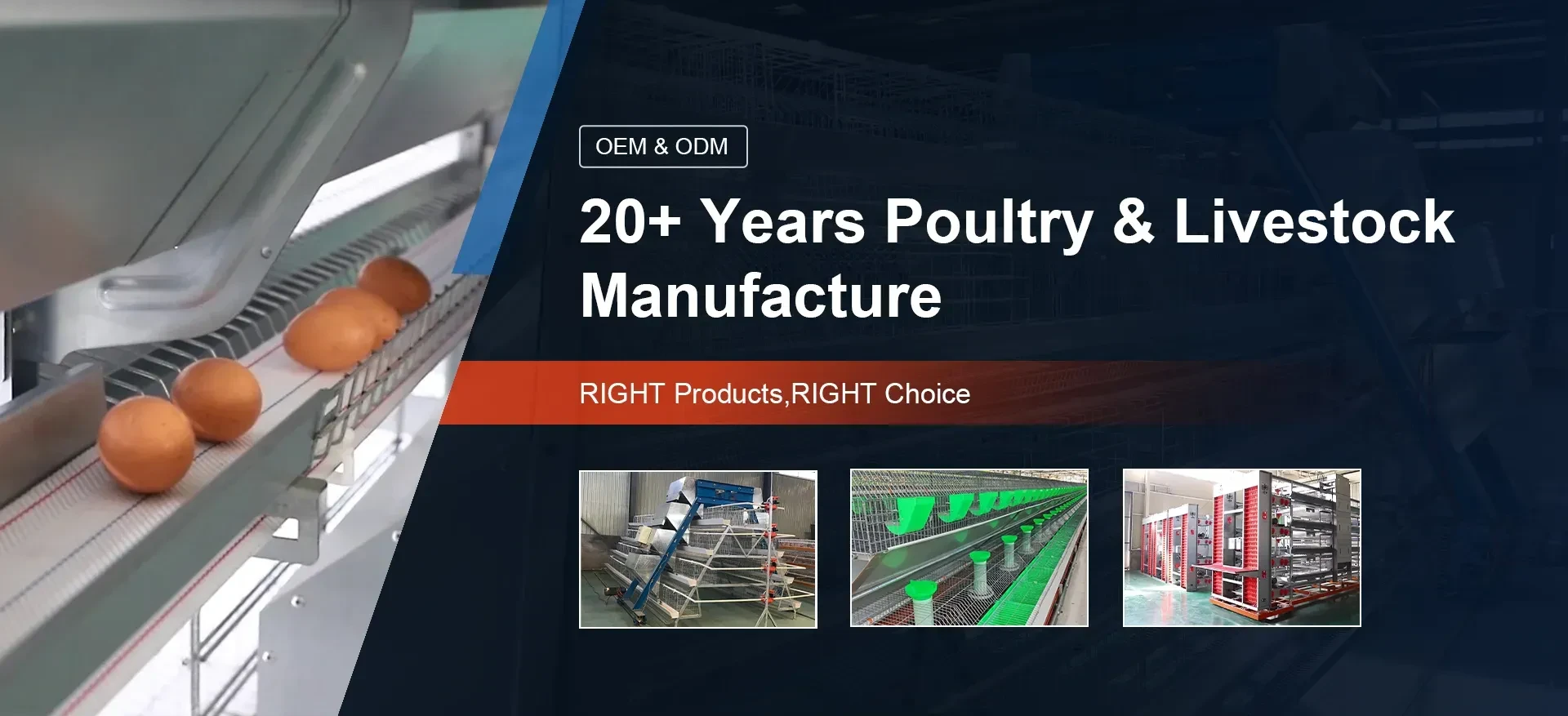Innovative Poultry Cage Designs for Enhanced Efficiency and Animal Welfare
Nov . 09, 2024 06:19 Back to list
Innovative Poultry Cage Designs for Enhanced Efficiency and Animal Welfare
The Importance of Poultry Cages in Modern Farming
Poultry farming has long been a vital component of the agricultural industry, providing a significant portion of the world's protein supply through eggs and meat. With the increasing global demand for poultry products, the efficiency and welfare of poultry farming have become paramount. One of the most effective solutions to improve productivity and animal welfare is the use of poultry cages.
Poultry cages offer a controlled environment that can significantly enhance the health and growth of birds. These enclosures come in various designs, including battery cages, enriched cages, and aviary systems, each catering to different farming needs and animal welfare standards. The design of these cages ensures that birds have sufficient space, ventilation, and access to food and water, which are critical for their well-being.
In battery cages, for example, hens are kept in small, individual compartments that maximize space and allow for efficient egg production. While this method is effective in terms of productivity, it has faced criticism for being detrimental to animal welfare. As a response, many producers are now shifting towards enriched cages, which provide hens with more space, nesting areas, and opportunities for natural behaviors, such as perching and dust bathing. This shift demonstrates the industry's commitment to improving the quality of life for poultry while maintaining high production levels.
The use of poultry cages also plays a significant role in biosecurity. By confining birds to specific areas, farmers can minimize the risk of disease transmission. The close quarters in traditional systems can lead to rapid spread of pathogens, but with cages, farmers can implement more effective health management practices, such as vaccination and regular health assessments. Additionally, biosecurity measures, like cleaning and sanitizing cages between flocks, are easier to manage, further promoting the health of the birds.
poultry cage

Another critical advantage of poultry cages is their contribution to resource efficiency. Cages allow for better feed conversion ratios, meaning birds can convert feed into body weight or egg mass more effectively. This efficiency not only maximizes production but also reduces the environmental impact of poultry farming. With decreasing arable land and increasing feed prices, efficient use of resources will be essential to meet the growing demand for poultry products.
However, the public perception of poultry cages is often mixed, as concerns about animal welfare continue to rise. Organizations advocating for animal rights have been vocal about the potential negative impacts of caged systems, advocating for free-range and other alternatives. This has prompted producers to find a balance between efficiency and welfare. Integrating technology into cage design can help with this balance. For instance, smart farming technologies can monitor the health and behavior of birds, ensuring their needs are met while maintaining optimal production levels.
The future of poultry farming will likely involve ongoing innovations in cage design and management practices. As consumers become more conscious of animal welfare, producers will need to adapt by providing transparent practices and ensuring that poultry cages meet high standards for both productivity and humane treatment. Industry regulations are also evolving, with some regions implementing bans on battery cages in favor of more humane alternatives.
In conclusion, poultry cages represent a crucial aspect of modern poultry farming. They enhance production efficiency, ensure better health management, and help address sustainability challenges. As the industry moves forward, a focus on animal welfare alongside technological advancements will be essential to meet both consumer demands and ethical considerations. The evolution of poultry cages reflects the broader trends in agriculture towards improving animal welfare without compromising productivity, ultimately leading to a more sustainable future in poultry farming.
-
Automatic Feeding Line System-Pan Feeder Nipple Drinker|Anping County Yize Metal Products Co., Ltd.
NewsJul.29,2025
-
Hot Sale 24 & 18 Door Rabbit Cages - Premium Breeding Solutions
NewsJul.25,2025
-
Automatic Feeding Line System Pan Feeder Nipple Drinker - Anping County Yize Metal Products Co., Ltd.
NewsJul.21,2025
-
Automatic Feeding Line System Pan Feeder Nipple Drinker - Anping County Yize Metal Products Co., Ltd.
NewsJul.21,2025
-
Automatic Feeding Line System - Anping Yize | Precision & Nipple
NewsJul.21,2025
-
Automatic Feeding Line System - Anping Yize | Precision & Nipple
NewsJul.21,2025






